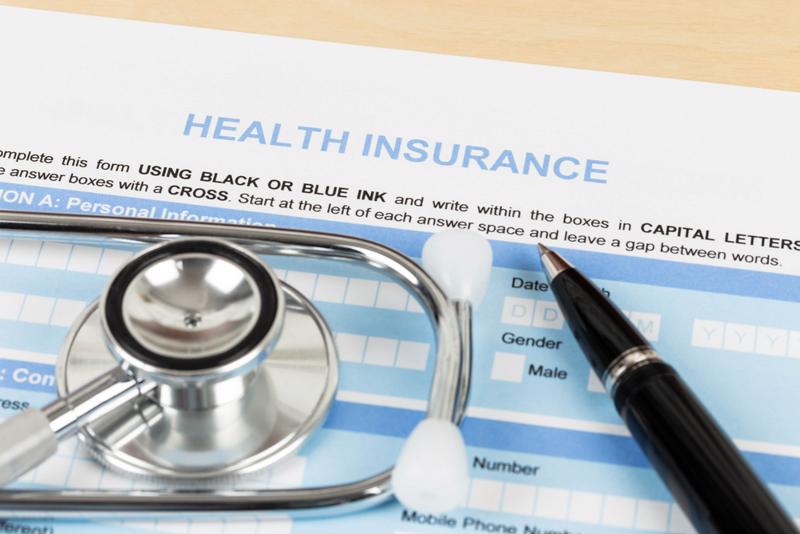Consultants to Contact
- Brian Rankin - Vice President & Principal (Washington, D.C.)
- Brian Stentz - Vice President & Principal (Dallas)
- Cabe Chadick - President & Managing Principal (Dallas)
- Chris Merkel - Senior Vice President & Principal (Kansas City)
- David Dillon - Senior Vice President & Principal (Dallas)
- Daniel Moore - Vice President & Senior Consulting Actuary (Dallas)
- Heather Robinson - Senior Consultant & Director - Underwriting (Kansas City)
- Jason Dunavin - Vice President & Senior Consulting Actuary (Kansas City)
- Josh Hammerquist - Vice President & Principal (Dallas)
- Jacqueline Lee - Vice President & Principal (Dallas)
- Kim Shores - Vice President & Principal (Kansas City)
- Traci Hughes - Vice President & Senior Consulting Actuary (Dallas)
- Tom Roberts - Vice President & Consulting Actuary (Dallas)
Testimonial
For millions of people across the U.S., the threat of the novel coronavirus relates to both their physical and financial health. Not only does the potential for contracting the virus make it difficult to leave their homes for almost any reason, it also puts their jobs – and thus their health insurance – at serious risk.
Tens of millions have already been forced to apply for unemployment insurance as a result of jobs lost to the pandemic's associated economic downturn. For many, a prudent solution in this time of uncertainty was to turn to the Patient Protection and Affordable Care Act's signature health insurance exchanges to find coverage in the absence of an employer-provided plan, according to Politico. Moreover, industry insiders agree this is a trend that's likely to continue for some time to come, given the effects of the pandemic are really only in their beginning stages.

Issues already arising
Even as there is broad understanding of just how much this issue will affect consumers, there is also significant uncertainty about how consumers may want to proceed if they get sick – especially if they were to come down with coronavirus – at this time, Politico noted. For instance, the White House has signaled that it has no intent to make people pay out of pocket for any coronavirus-related treatments, but also has not issued any concrete guidance for how consumers, care providers or insurers should proceed on this front.
Meanwhile, one thing the White House has very definitively decided against – at least for the time being – is reopening the Healthcare.gov marketplace to make sure more people can once again get coverage if they've lost in in recent weeks. Per Vox, open enrollment closed in mid-December, but that technically, losing health insurance should trigger a special enrollment period on a per-person basis. Of course, if they don't have another income source right now, that presents its own problems.
Moreover, while that allowance would obviously help to ensure a continuity of coverage for people who previously received employer-sponsored coverage, there are millions of newly jobless Americans who did not. Even those who may suddenly have incomes that qualify them for Medicaid could face difficulties in obtaining such coverage.
Figuring it out
In the absence of leadership or clear guidance on this issue at the federal level, a number of states are doing what they can for residents who have been negatively impacted by the economic downturn. The Hill notes that, as of mid-April, the governors of 12 states signed a joint letter urging the White House to open ACA enrollment once again, writing, “It is essential that we remove every barrier as quickly as possible to ensure those in our states and across the country are able to access the treatment they need.”
The hope is that any such enrollment period would last at least 30 days, but the concession is that even such a decision may not be enough to fully ensure people get the coverage they need, at a time when it may be desperately needed.
Filling the gaps
To that end, many of the governors pushing for Healthcare.gov to be reopened have reopened the exchanges their governments run at the state level so at least residents of those places can obtain coverage once again, The New York Times reported. Those states – California, Colorado, Connecticut, Maryland, Massachusetts, Minnesota, Nevada, New York, Rhode Island, Vermont and Washington, as well as the District of Columbia – have operated their own exchanges independent of the federal Healthcare.gov for years, and Idaho is the only such state that has not followed suit (despite growing pressure from residents).
Now, those states often face the difficult task of getting the word out that these marketplaces are open once again, even after maintaining enrollment for weeks or more longer than the federal period. The rationale, of course, is to not only make sure individuals are covered, but to use the coverage these exchanges provide as a means of keeping people healthy and, potentially, stemming the spread of the novel coronavirus.
Meanwhile, six more states run their own exchanges, but do so through the Healthcare.gov platform and thus have not been able to reopen even if they wanted to.
With all this in mind, more may need to be done on the part of both states and insurers to make sure people have the information – and coverage – they need as they navigate the growing uncertainty around this virus and the economic devastation that has come with it. Closer collaboration can be a net positive for potentially tens of millions of people who may end up facing murky financial futures in the months ahead.
